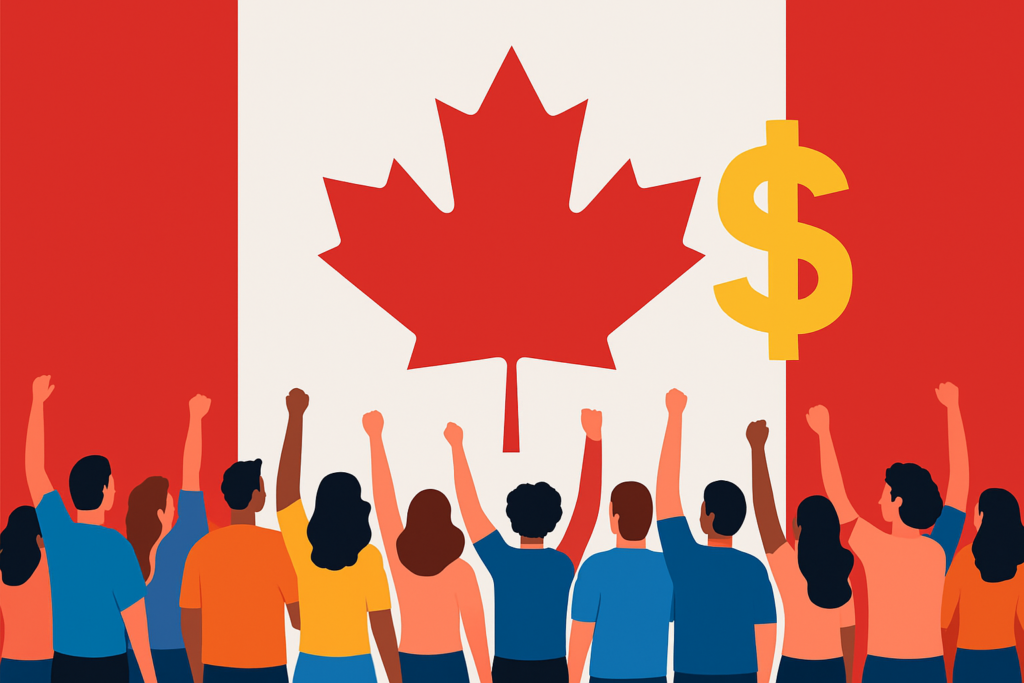
Hi folks! Today I’ll demonstrate the invisible impacts of credit report de-prioritization and gaps.
Most Canadians are aware of obvious credit factors like late payments, credit utilization, and collections appearing on their Equifax or TransUnion reports, however, it’s important to understand that credit files can be de-prioritized by scoring algorithms. Consumers with very limited traditional credit activity — such as credit cards, loans, or lines of credit — are often assigned lower scores even if they are low-risk, creating a subtle but impactful disadvantage.
The Problem with Alternative Data
A major blind spot is the fact that paying rent, utilities, telecom bills, subscriptions, or buy-now-pay-later (BNPL) installments, often do not influence traditional credit scores. Many lenders do not reliably report BNPL payments, meaning consumers who consistently pay off these obligations remain “invisible” to scoring models. As a result, Canadians may perceive themselves as in good standing while still being disadvantaged when accessing traditional credit such as a mortgage.
Technical Complexities Most Consumers Miss
The weighting of credit bureau algorithms adds another layer. Some scoring models limit the influence of older collections or delinquencies, yet thin files continue to be heavily penalized. Consumers often assume that “no negative marks” automatically equates to a high score, which is often false. Additionally, the timing of data updates — typically every 30–45 days — can temporarily make a resolved debt appear delinquent in automated lending systems, triggering higher rates or declines even when accounts are current. Cross-border data gaps further exacerbate the problem in that Canadians with foreign credit experience may find their history absent in domestic reporting, and lenders treat them as “new to Canada,” penalizing high-quality borrowers.
Big Implications
These gaps are not just consumer-level issues; they have far reaching systemic consequences. Under-reported positive behavior and thin files distort credit risk models, inflating perceived risk and limiting lending. As regulators explore incorporating alternative data into scoring, transitional volatility could impact both consumers and smaller lenders, yet the public remains largely unaware. Knowledgeable borrowers could strategically use rent, telecom, and BNPL payments to build visible positive history, but mainstream Canadians typically lack this insight.
Key Insight
The critical issue Canadians are blind to is that traditional credit reporting penalizes thin files and excludes verifiable positive behaviors, creating invisible risk profiles that affect access to credit more than minor past delinquencies. Most consumers incorrectly assume that good behavior automatically translates into high credit scores, when in fact, unreported positive actions can have a greater impact on their financial opportunities.
Unintended Consequences
A weaker credit report affects a lot more than just access to low interest credit such as mortgages. The main reasons a credit report is pulled in Canada are 1) at the final stages of a job interview before a job offer is made, 2) when a landlord is reviewing a seemingly acceptable residential rent application, and 3) when the big 3 Canadian telecom (cell phone) providers are considering offering services.
Similar Post: Receipts
DGB

Legal disclaimer: The material provided on this web site is for general information purposes only. It is not intended to provide legal or accounting advice.
Usefull Links:
Gig Worker or Self Employed Needs This

